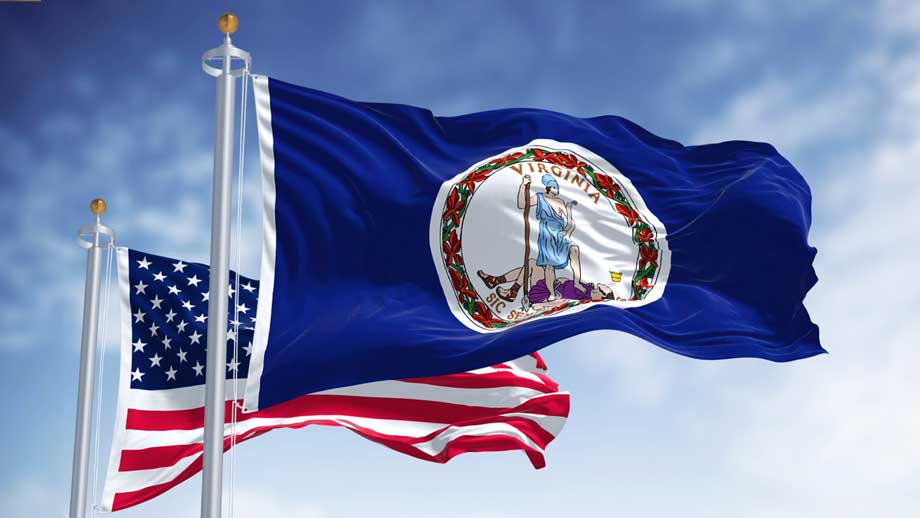Homeschooling Fun: A Circus
Homeschooling itself can seem like a circus sometimes! Why not celebrate homeschooling fun by taking advantage of summer freedom and sunny weather? Let the kids burn off excess energy with circus-themed activities, settle down with some cool circus crafts, and explore the history of this iconic form of entertainment.
Try your hand at juggling–clown costume optional!–with these simple, no-sew juggling balls made out of rice, balloons, and decorative tape.
This DIY balance beam can be constructed with basic tools and less than $30 in supplies. Playing on a balance beam themselves will help kids relate to the athletic skills required of circus tightrope walkers. Older children or teens could even plan and build it themselves with minimal adult oversight. What a great project to reinforce mathematics and engineering skills in a single afternoon! It can be deconstructed after temporary use (with the materials kept and reused in future projects) or you might even keep the balance beam and incorporate it into longer-term physical education activities.
Wooden circus stilts are another fun DIY project that can be built with inexpensive materials and simple tools. Finishing them off with colored duct tape is an excellent alternative to the mess, expense, and extra time of painting them. A fun family project or a great way to keep a couple of teens or pre-teens busy for an afternoon, the finished projects will encourage some necessary practice in sharing and cooperation.
If you’re interested in a simpler version (or have fond coffee-can-stilt memories from reading Beverly Cleary’s Ramona series), try these simple can and string stilts. You can vary the heights of the stilts to best suit the child’s age and coordination by changing the size of the cans you use.
Check out these fun ideas for DIY circus costumes and let the kids stage their own backyard circus. There are tons of ways you can incorporate homeschool living and learning into activities such as preparing snacks like popcorn and pretzels to “sell,” using play money to purchase tickets or snacks and practice counting, creating tickets and posters, and even creating a fun dance or performance routine.
This blog post from Walking by the Way outlines some more circus-themed outdoor activities as well as some popular circus-themed books you might consider checking out for a rainy day.
Whether it’s raining or just time to settle down, create a miniature indoor circus with these free printable and colorable templates.
This DIY puffy paint made from school glue, shaving cream, and food coloring makes an excellent sensory activity as well as a fun medium for creating a whimsical cotton candy painting.
Kids have a knack for exploring topics that have sparked their interest. Historyofcircus.com explores circuses from the time of ancient Rome through modern day, and features interesting facts about circuses of all kinds, lists of famous circuses around the world, types of skills commonly employed by circus acts, and more. (One of the sections provides information about famous circus accidents, which may be disturbing to some. Though it could spark some valuable discussions on safety and training practices, parents should always evaluate information sources provided before introducing them as resources for study.)
This article from Smithsonian Magazine details more specifically the circus as it relates to American history and how it adapted over time into the uniquely American style we are most familiar with.
These 36 vintage photos of early days of the American circus are a fascinating look into history. Note that some of the images depict dangerous situations and should be evaluated by the parent before they are shared with students.









